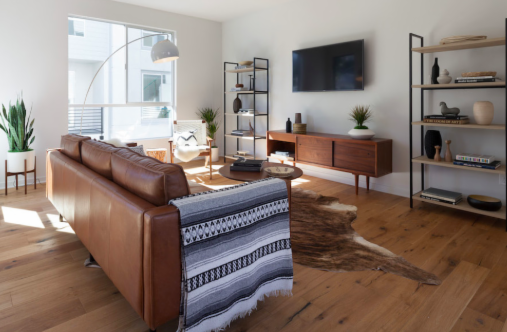
What’s Your Design Style?
While it is fun and exciting to begin an interior design project, it can become overwhelming when it comes time to make a decision. Why? Because not only do these decisions involve making a substantial dollar investment, you'll be living with the results of those decisions for quite some time.
So in order to help my Fairfield and Westchester clients move forward on their design projects with confidence and ease, I help them identify their design style.
This not only gives you a starting place, it points to where you can find inspiration to create a stylish result that you will love. You'll find lots of quizzes online to help you determine your style but I think the best way is to simply look at photos to see what moves you. When gathering photos of what you like, often times you will see a pattern developing and this will help hone your style.
So let's get right into it. In the end you'll be able to identify Modern, Contemporary, Traditional, Transitional and Coastal Design and what your personal preferences are.
Modern Design is a minimalist style that you'll often find in wide-open spaces. It features straight lines, minimal curves and is characterized by wood and earthy tones.
Contrary to its name and common belief, this is a style from an era passed. The most popular is from the 50's and 60's and we all know it as mid-century modern.
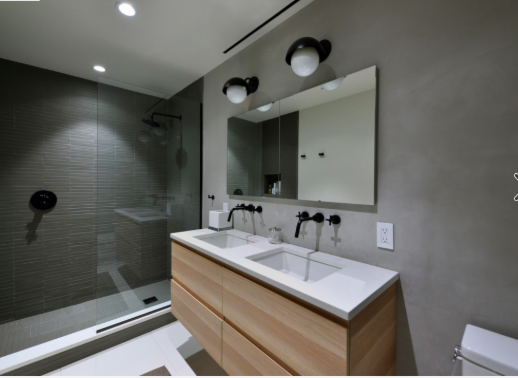
Contemporary Design is modern design that has evolved and is continuing to do so. It is easily identified by state of art materials including glass and metals.
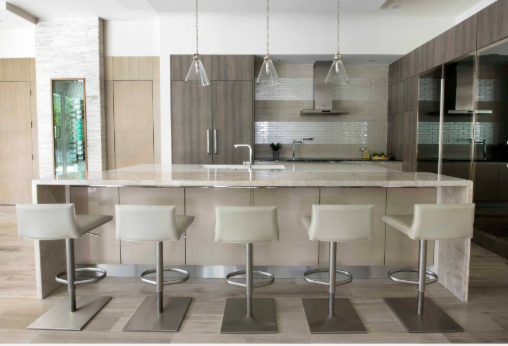
Color schemes are often monochromatic typically with white, black and/or gray throughout all of its elements. Like modern design, contemporary is typically used in wide open spaces that have clean architectural lines.
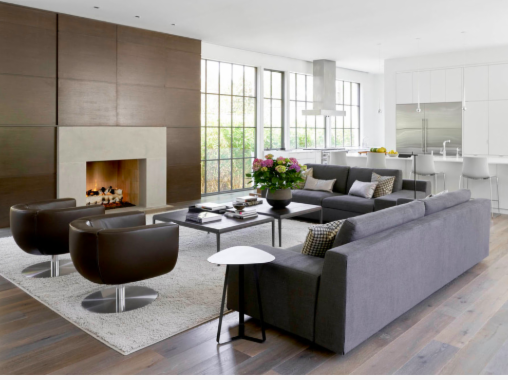
Traditional Design is grand in nature with a lot of architectural detail and is centered around a focal point in the room.
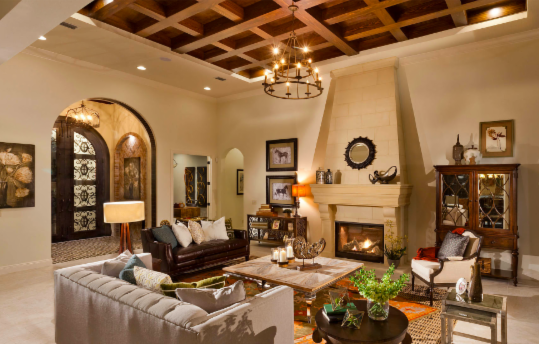
This design sometimes has multiple patterns used in combination and often has mostly neutral walls and decor that provide pops of color. Overall, traditional design is very warm and inviting.
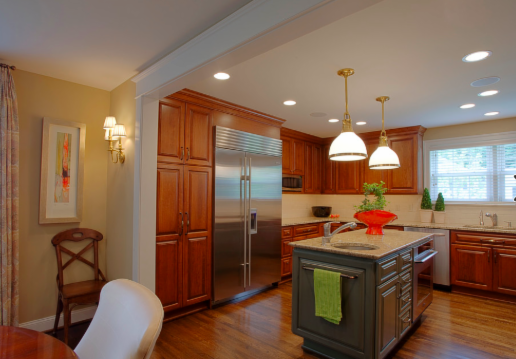
Transitional Design is a balance between contemporary and traditional and is the most prevalent. The color scheme here is based on a neutral pallet (often gray and white) with deeper and bolder colors used as accents
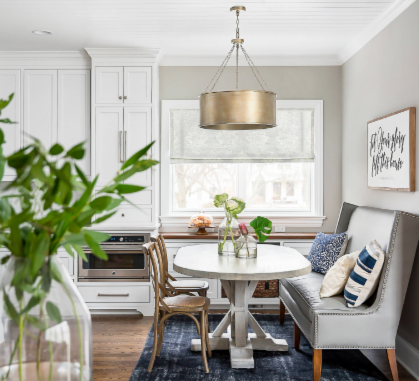
The latter combined with rich wood, brass and textural elements make this aesthetic calming yet interesting.
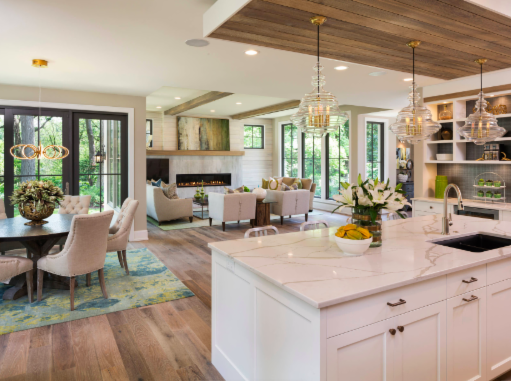
Coastal Design, can be a mix of any of these designs. It is achieved by using a specific color palette and by adding casual accessories. These spaces are particularly pleasing in that they maximize natural light and use white and soothing blue tones throughout.
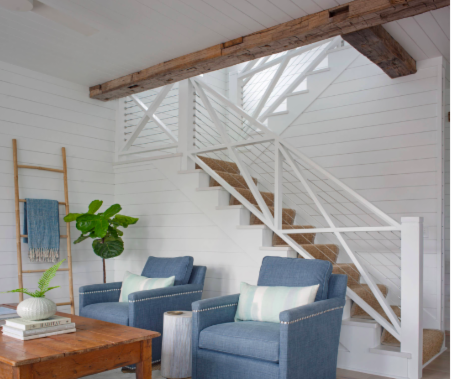
This design is a natural fit for nautical decor and earthy elements made of wood, wicker and straw. While grounded it feels open and airy. Coastal Design is very popular in any areas located near a coast line.
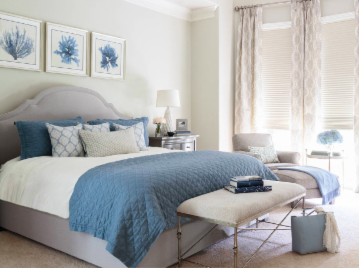
Once you identify your style you will know where to look for inspiration for your interior design project. You can use this as your base and build up from there.
While you certainly can keep your aesthetic all within the same design style, there's no need to disregard pieces that you love. It's interesting and fun to add elements from different design styles but just be sure that each piece is complimentary to your overall design.
Hopefully this gives you some insight into what your design style is. You can also check out my ideabooks on Houzz for more images. As always if you have any questions, feel free to contact me by email or on my Facebook page.
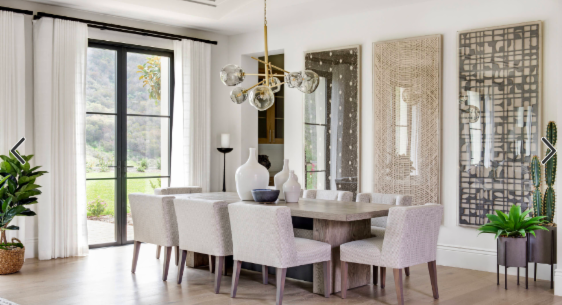
all images are from Houzz.
This blog post was prepared in collaboration with Taylor Horine -my intern from FLHS. Thank you Taylor!
